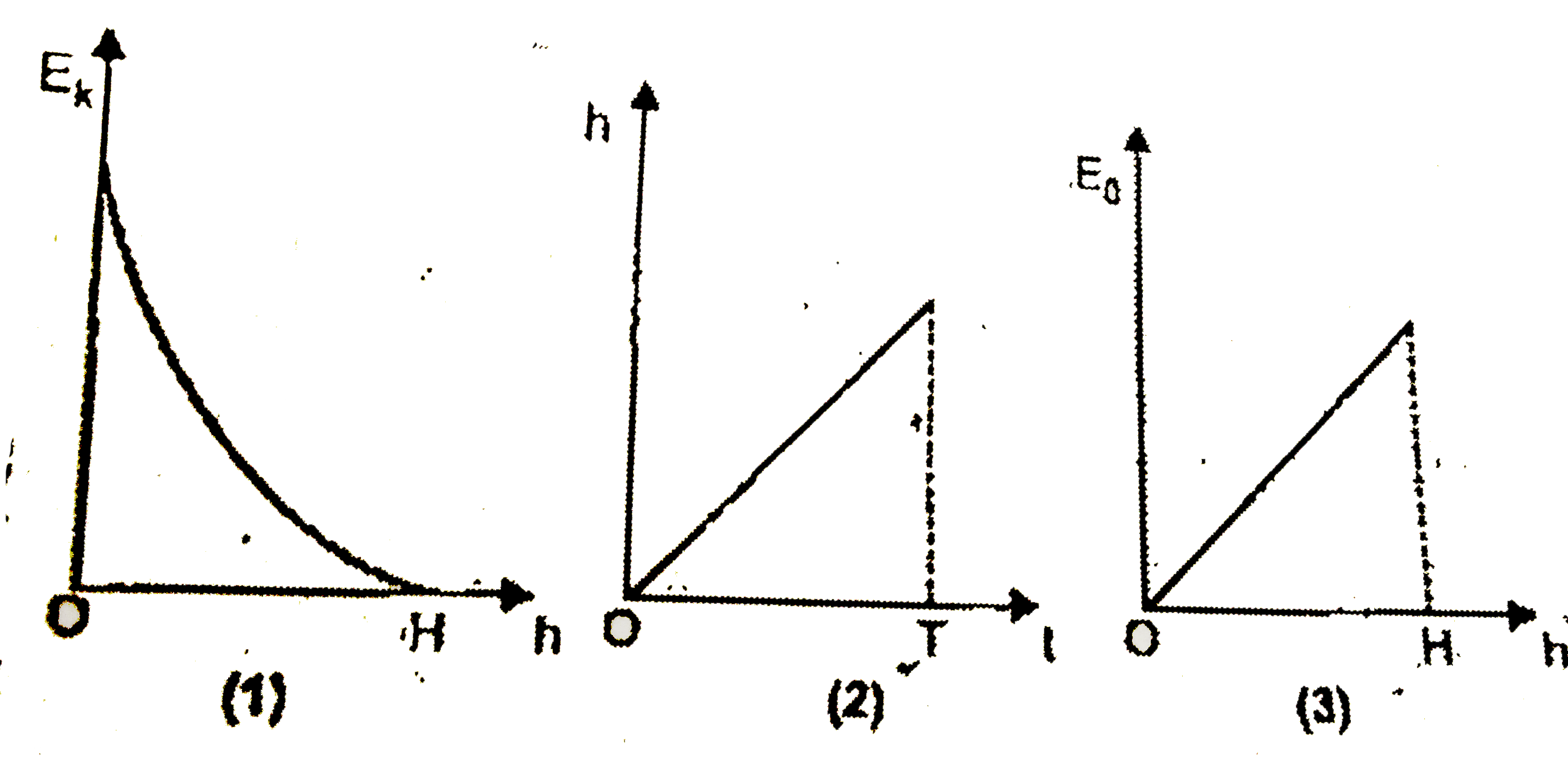Two particles move on a circular path (one just inside and the other just outside) with the angular velocities ω and 5ω starting from the same point. Then
they cross each other at regular intervals of time
24π4ω when their angular velocities are oppositely directed
they cross each other at points on the path subtending an angle of 60∘ at the centre if their angular velocities are oppositely directed
they cross at intervals of time π3ω if their angular velocities are oppositely directed
they cross each other at points on the path subtending 90∘ at the centre if their angular velocities are in the same sense
If the angular velocities are oppositely directed, they meet at intervals of
time t = 2πωrel=2π6ω=π3ω
Angle subtended at the centre by the crossing pint
θ=ωt=π3=60∘
When their angluar velocities are in the same direction,
t' = 2πωrel=2π4ω=π2ωandθ'=π2ω×ω=π2
Topper's Solved these Questions
- CIRCULAR MOTIONBook:MOTIONChapter:CIRCULAR MOTIONExercise:EXERCISE -1
Explore 41 Videos
- CIRCULAR MOTIONBook:MOTIONChapter:CIRCULAR MOTIONExercise:EXERCISE - 2
Explore 16 Videos
- CENTRE OF MASSBook:MOTIONChapter:CENTRE OF MASSExercise:Exercise - 4 Level-II
Explore 20 Videos
- COMMUNICATION SYSTEMBook:MOTIONChapter:COMMUNICATION SYSTEMExercise:EXERCISE - 3
Explore 6 Videos
Similar Questions
The angular velocity of a particle moving in a circle realative to the center of the circle is equal to ω. Find the angular velocity of the particle relative to a point on the circular path.
View SolutionA particle is moving along a circular path with uniform speed. Through what angle does its angular velocity change when it completes half of the circular path?
View Solution
Knowledge Check
A ball is projected vertically upwards. Air resistance and variation in g may be neglected. The ball rises to its maximum height H in a time T, the height being h after a time t :
(1) The graph of kinetic energy Ek of the ball against height h is shown in figure 1
(2) The graph of height h against time t is shown in figure 2
(3) The graph of gravitational energy Ek of the ball against height h is shown in figure 3
(1)
Two particles move on a circular path ( one just inside and the other just outside) with angular velocities ro and 5ω starting from the same point. Then :Athey cross each other at regular intervals of time 2π4ω when their angular velocities are oppositely directedBthey cross each other at points on the path subtending an angle of 60∘ at the centre if their angular velocities are oppositely directedCthey cross at intervals of time π3ω if their angular velocities are oppositely directedDthey cross each other .at points on the path subtending 90∘ at the centre if their angular velocities are in the same senseA particle moves in a circular path of radius 0.5 m with a linear speed of 2 ms−1 ,its angular speed is
A2rads−1B3rads−1C4rads−1DNone of theseA particle moving along a circule path of radius 'r' with uniform angular velocity ω. Its angular acceleration is
Arω2Br/ωCzeroDω/r
A particle is moving on a circular path with a constant speed 'v'. Its change of velocity as it moves from A to B is:

View SolutionA particle is moving on a circular path such that at any instant its position vector, linear velocity. Angular velocity, angular acceleration with respect to centre are →r,→v,→w,→α respectively. Net acceleration of the particle is :−
View SolutionA particle is moving along a circular path with uniform speed. Through what angle does its angular velocity change when it completes half of the circular path ?
View SolutionA particle is moving along a circular path with uniform speed. Through what angle does its angular velocity change when it completes half of the circular path ?
View SolutionA particle moves in a circular path of radius R with an angualr velocity ω=a−bt, where a and b are positive constants and t is time. The magnitude of the acceleration of the particle after time 2ab is
View Solution
